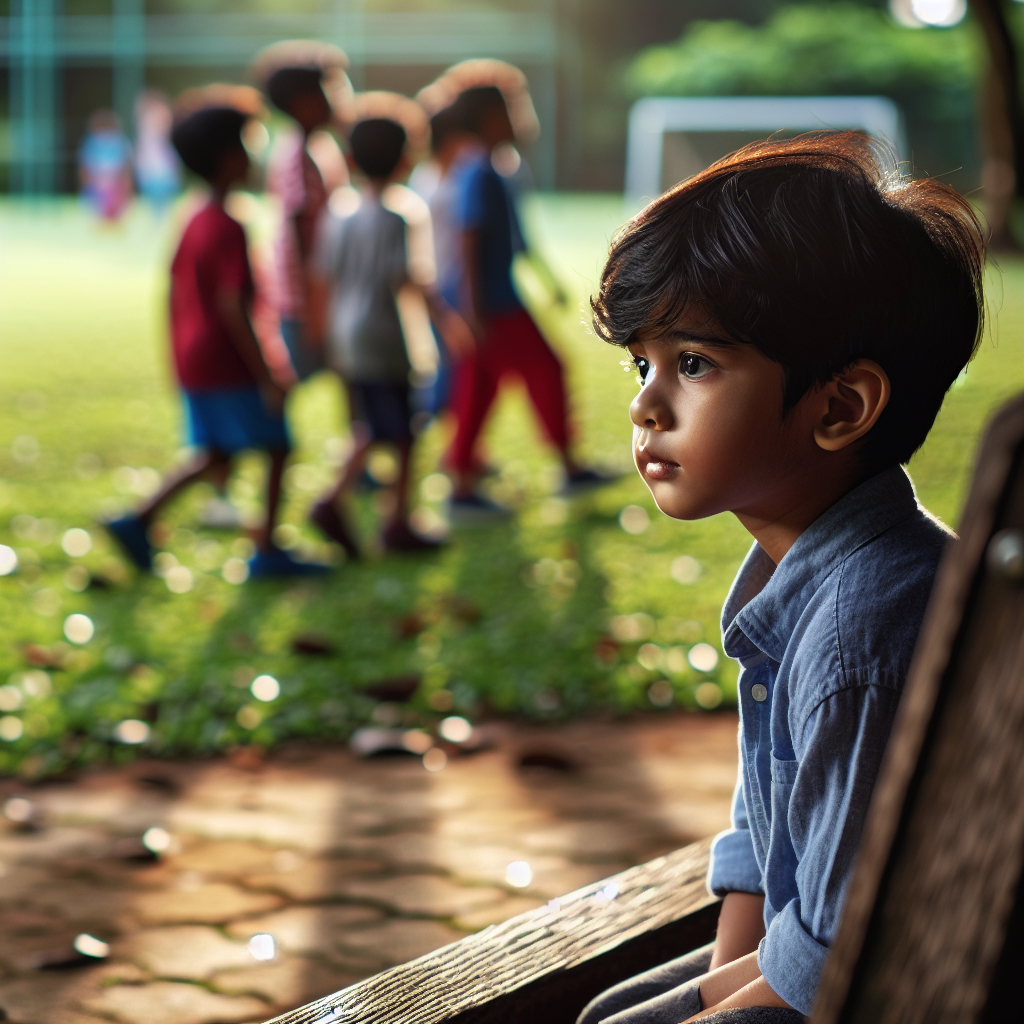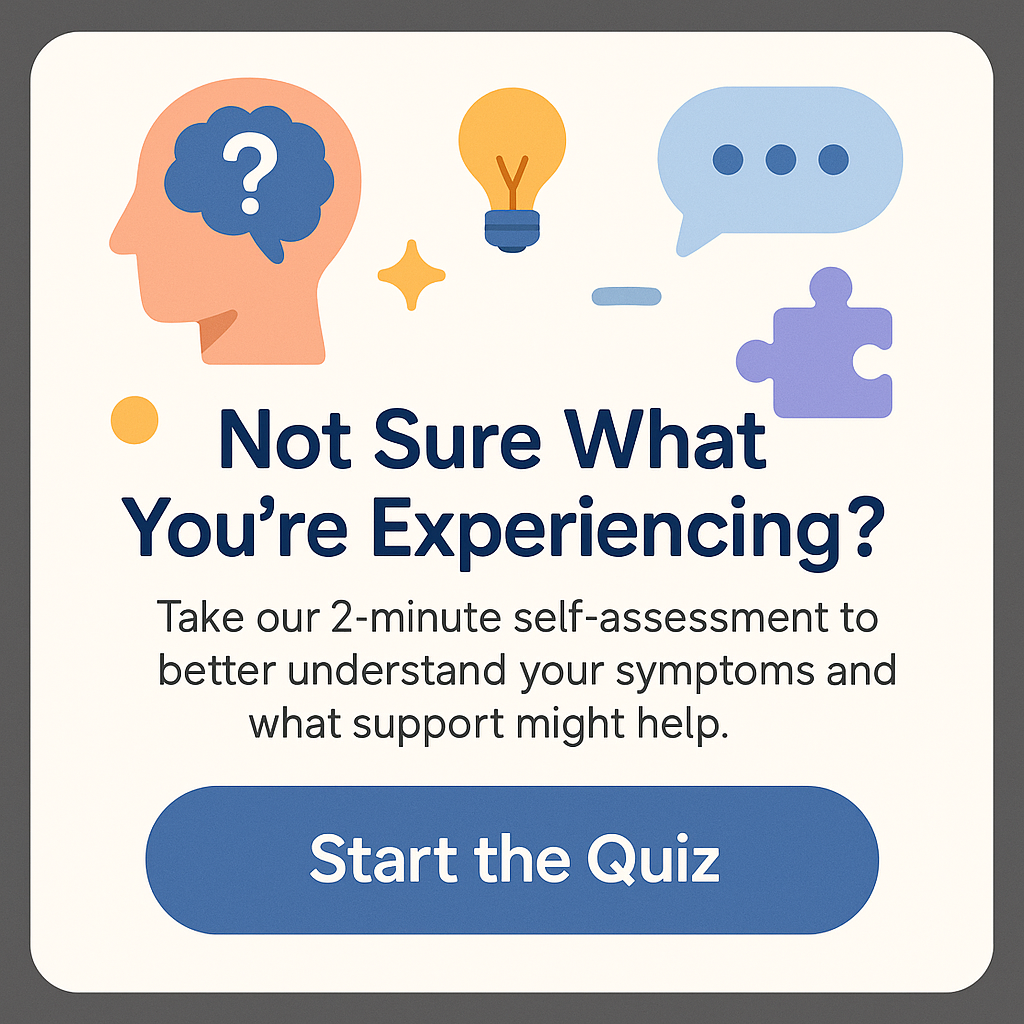What is the Hardest Part of Life for a Child with Autism?
What is the hardest part of life for a child with autism? This is a question that many parents, educators, and caregivers ponder. Autism Spectrum Disorder (ASD) affects each child differently, making it essential to understand the specific challenges that individuals on the spectrum face. While every child’s experience is unique, there are common hurdles that many children with autism encounter that can significantly impact their daily lives. In this comprehensive article, we’ll explore these challenges in detail and discuss effective strategies for support and understanding.
Understanding Autism Spectrum Disorder
To answer the question, “What is the hardest part of life for a child with autism?” we first need to delve into what autism is. Autism, or Autism Spectrum Disorder (ASD), is a developmental disorder characterized by difficulties in social interaction, communication, and repetitive behaviors. It can vary widely in severity and can affect a child’s cognitive, emotional, and social development.
Many children with autism experience sensory sensitivities, making certain sounds, lights, or textures overwhelming. Social situations can also present significant challenges. For instance, a birthday party, which seems like a joyful occasion, can be a source of frustration for a child with autism. The noise, the crowd, and the unpredictability of social interactions can lead to anxiety and confusion.
Furthermore, children with autism often struggle with understanding social cues. They may not recognize body language or facial expressions, leading to misunderstandings in communication. These challenges can create isolation and loneliness, making it difficult for them to make friends or build emotional connections.
Another aspect to consider is the educational environment. Traditional classrooms may not cater to the unique learning styles and needs of autistic children, often leaving them feeling frustrated and disengaged. As a result, many parents find themselves advocating for more tailored educational approaches that can support their child’s learning effectively.
The Social Challenges of Autism
Let’s dive deeper into one of the more daunting questions about autism: what is the hardest part of life for a child with autism in terms of social interactions? Navigating social relationships is often the most challenging area for children on the autism spectrum. Their difficulty in understanding and engaging with peers can lead to feelings of isolation.
Consider a typical playground scene where children are playing, laughing, and interacting with one another. For a child with autism, such situations can feel chaotic. They may not know how to start a conversation or may misinterpret the social dynamics at play. The fear of being rejected or bullied can hold them back from trying to engage with their peers. As a parent or caregiver, witnessing this can be heart-wrenching.
Moreover, many children with autism may have difficulty interpreting non-verbal cues. For example, they might not recognize when another child is upset or may accidentally invade personal space. These misunderstandings can lead to conflicts and further ostracization, making it increasingly challenging for the child to build friendships.
Support strategies include teaching explicit social skills and encouraging playdates in controlled settings where adults can guide interactions. Social stories and role-playing exercises can help children understand different social scenarios. Despite these efforts, some children still find it hard to establish lasting friendships.
Emotional and Sensory Challenges
Another layer to consider while exploring what is the hardest part of life for a child with autism relates to emotional regulation and sensory processing. Many children on the spectrum experience heightened sensitivities to sounds, textures, and even emotions. They may find themselves overwhelmed in environments that are typically considered safe and welcoming.
For instance, a simple trip to the grocery store can turn into a distressing experience. The bright lights, varied sounds, and multitude of people can create an almost perfect storm of sensory overload. A common response might be a meltdown, where the child feels unable to cope, leading to an emotional outburst. These moments can be frustrating for parents and caregivers, who may feel ill-equipped to manage the situation effectively.
Another emotional difficulty is the challenge of expressing their feelings. Children with autism may struggle to articulate their emotions, leading to frustration and confusion. It is not uncommon for a child to be unable to express sadness over a situation, narrowing the pathway to comfort and connection from others.
This is why it’s crucial for parents and teachers to create safe, sensory-friendly environments. Providing quiet spaces where a child can retreat when feeling overwhelmed can be beneficial. Additionally, teaching emotional vocabulary can help them identify and eventually communicate their feelings, paving the way for better social interactions and emotional connections.
Education and Structure: A Double-Edged Sword
When considering what is the hardest part of life for a child with autism, the educational system also takes the spotlight. The traditional school environment often places children with autism at a disadvantage. Differences in learning styles, focusing difficulties, and social demands can lead to frustration and disengagement.
For many autistic children, the structure is essential. However, the rigid structure of a conventional classroom can be both a blessing and a curse. While clear rules can help them thrive, unexpected changes or a lack of flexibility can lead to anxiety. For example, a sudden change in the daily schedule may unsettle a child who thrives on routine.
To assist children with autism in educational settings, inclusivity measures are vital. These might include the adoption of Individualized Education Plans (IEPs) that explicitly cater to the child’s strengths and weaknesses. The use of visual schedules, sensory breaks, and the encouragement of positive reinforcement can promote a conducive learning atmosphere.
Teachers who are trained in autism awareness and adaptive teaching methods can significantly impact a child’s educational experience. However, there’s a continuing need for advocacy to ensure that autistic children receive the education tailored for their unique needs.
Building a Supportive Network
When reflecting on what is the hardest part of life for a child with autism, one key component emerges: the necessity of a supportive network. Families can often feel overwhelmed when managing the challenges of autism, and they may worry about their child’s happiness and future. Building a strong support network is essential for both the child and the family.
This network can include family members, friends, therapists, teachers, and support groups. Joining parent advocacy or support groups can provide vital resources, education, and camaraderie for families navigating similar challenges. Engaging with others who understand what you’re going through can provide comfort and practical advice.
Moreover, engaging in community programs tailored to children with special needs can offer the child opportunities to interact with peers in a controlled, understanding environment. Activities like art classes, sports, or social skills groups can help build connections and strengthen social skills, reducing feelings of isolation.
In summary, while the question of what is the hardest part of life for a child with autism is complex, understanding the social, emotional, educational, and network challenges can guide effective support systems and resources for these children and their families. As a community, our understanding and advocacy can foster a more inclusive environment that recognizes and nurtures the strengths of individuals with autism.
Conclusion
Understanding what is the hardest part of life for a child with autism involves deep compassion and an effort to empathize with their unique experiences. Children on the spectrum face a variety of challenges that can impact their social interactions, emotional well-being, and educational experiences. However, with the right support systems, tailored educational approaches, and emotional guidance, we can help these children thrive. As we raise awareness and advocate for inclusivity, we pave the way for a more understanding world where children with autism can flourish.
FAQs
1. What are common signs of autism in children?
Common signs include difficulties in social interactions, challenges with communication, repetitive behaviors, and sensory sensitivities.
2. How can parents help children with autism socialize?
Parents can help by arranging playdates, teaching social skills through role-playing, and encouraging participation in group activities.
3. What should schools do to support children with autism?
Schools should adopt IEPs, use visual aids, create sensory-friendly spaces, and train staff in autism awareness.
4. Are there therapies that help children with autism?
Yes, therapies like Applied Behavior Analysis (ABA), Speech Therapy, and Occupational Therapy can be beneficial.
5. How can families cope with the challenges of raising a child with autism?
Families can cope by building a support network, seeking resources, and joining local parent advocacy groups for guidance and community.
Could I Be Autistic and Not Know It? Understanding Hidden Autism







